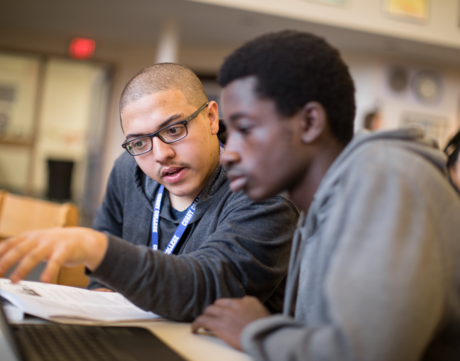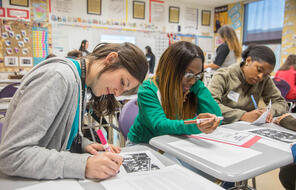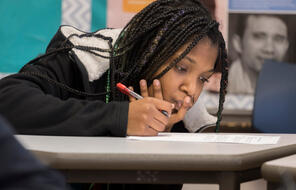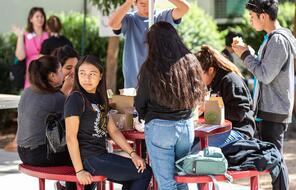
How Do Borders Shape Belonging? | Introductory Lesson
At a Glance
Language
English — USSubject
- English & Language Arts
Grade
6–12Duration
Two 50-min class periods- Culture & Identity
- Equity & Inclusion
Overview
About This Lesson
In our lives, we encounter many kinds of borders. Borders can be political, legal, social, cognitive, ideological, moral, and more. They are visible and invisible, spoken and unspoken, inconsequential and deeply felt. Regardless of their type, borders carry meaning, shape our interactions with others, and influence our sense of belonging in the world.
In this lesson, students will analyze multi-genre texts in order to understand the complexity of the many borders we all navigate on a daily basis. They will consider how borders are created and maintained, how they affect our thinking about ourselves and others, and how they can influence our sense of belonging in the world. This lesson, when taught alongside the lesson What Is Belonging?, helps students develop the conceptual framework for a deeper exploration of the intersection of belonging and borders in literature and in life.
Preparing to Teach
A Note to Teachers
Before teaching this lesson, please review the following information to help guide your preparation process.
Activities
Activities
Materials and Downloads
Quick Downloads
Download the Files
Download allGet Files Via Google
Additional Resources
Unlimited Access to Learning. More Added Every Month.
Facing History & Ourselves is designed for educators who want to help students explore identity, think critically, grow emotionally, act ethically, and participate in civic life. It’s hard work, so we’ve developed some go-to professional learning opportunities to help you along the way.
Exploring ELA Text Selection with Julia Torres
On-Demand

Working for Justice, Equity and Civic Agency in Our Schools: A Conversation with Clint Smith
On-Demand

Centering Student Voices to Build Community and Agency
On-Demand


















